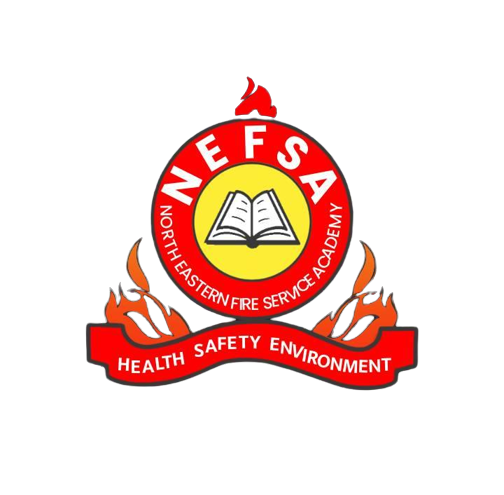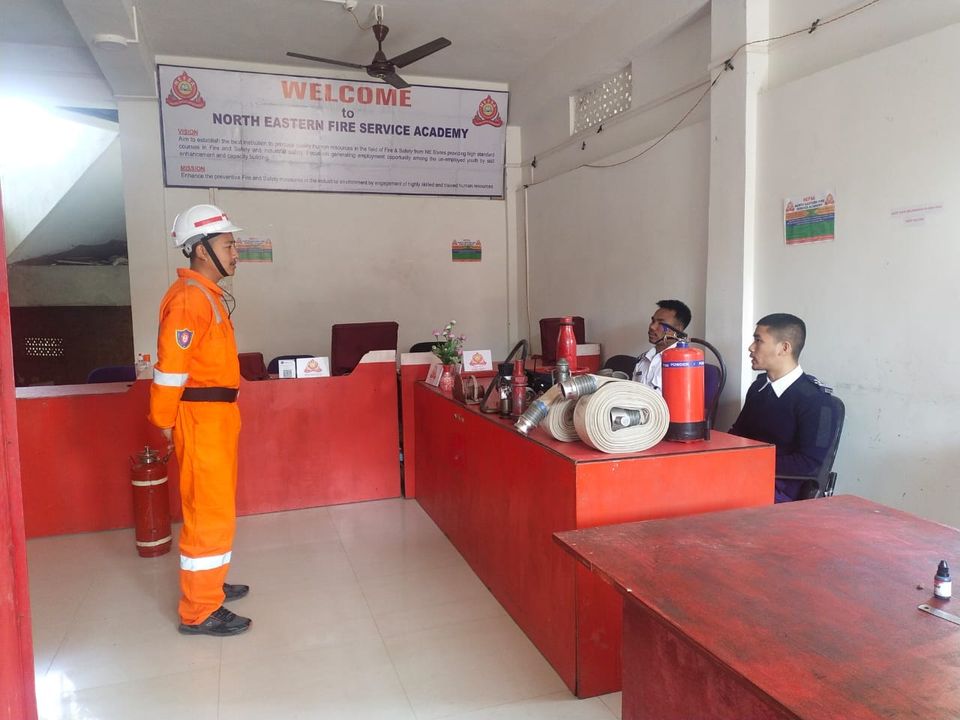The mining and extractive sectors make major economic contributions, but they also pose serious fire hazards because of the
use of heavy equipment, flammable materials, and complicated processes. Understanding fire safety in these businesses is
essential for NEFSA (North East Fire and Safety Academy) students in Dibrugarh, in the North East. The steps taken to reduce
fire risks in mining and extractive operations are highlighted in this blog post, which examines the value of fire safety
training for NEFSA students.
-
Understanding the Fire Risks in Mining and Extractive Industries:
Working with explosives, machinery, and combustible materials increases the risk of fire occurrences in mining and extractive
industries. Students are informed about the particular fire dangers connected to these businesses via the specialised training
programme offered by NEFSA, such as spontaneous combustion, electrical fires, and equipment faults.
-
Fire Prevention Measures:
To protect workers and assets, it is crucial to prevent fires in the mining and extractive industries. The use of fire-resistant
building materials, frequent equipment maintenance, and safe handling of combustible items are just a few of the efficient fire
prevention strategies taught to NEFSA students.
-
Emergency Response and Evacuation Procedures:
In the mining and extractive industries, a quick and well-planned emergency response is essential in the case of a fire. With
the knowledge and practical experience provided by NEFSA’s training, students are prepared to handle fire extinguishers, fire
suppression equipment, and emergency evacuation protocols, ensuring a well-coordinated response.
-
Specialized Firefighting Techniques:
The training provided by NEFSA exposes students to specialised firefighting methods designed specifically for the mining and
extractive industries. They get knowledge on properly putting out flames involving machinery, massive stockpiles of materials,
and mining equipment, which improves their capacity to contain and put out fires.
-
Hazardous Material Handling and Storage:
Hazardous materials must be handled and stored properly in the mining and extractive industries. Students in the NEFSA programme
learn about chemical compatibility, personal protective equipment (PPE), and safety procedures for the storage of hazardous materials.
-
Fire Safety Regulations and Compliance:
To maintain the secure operation of the mining and extractive sectors, compliance with fire safety laws is essential. The training
course offered by NEFSA equips participants with the knowledge necessary to contribute to the upkeep of a secure and lawful workplace.
-
Fire Drills and Emergency Preparedness:
In the mining and extractive industries, it is crucial to conduct regular fire drills and emergency preparedness drills. NEFSA
students practise their firefighting techniques, evacuation techniques, and incident management techniques in simulated scenarios to improve their readiness for actual crises.
Conclusion:
Students in Dibrugarh, North East, who participate in NEFSA’s fire safety training for the mining and extractive industries get the knowledge, abilities, and confidence they need to reduce fire hazards in these intricate industrial processes. NEFSA students play
a crucial role in ensuring safety and protecting lives and assets in the mining and extractive industries by comprehending the special
fire hazards, putting preventive measures into practise, and honing their emergency response abilities, making them indispensable contributors to a safer and more effective sector. To join our academy click www.nefsaindia.com
To know more blog www.nefsaindiablog.com



